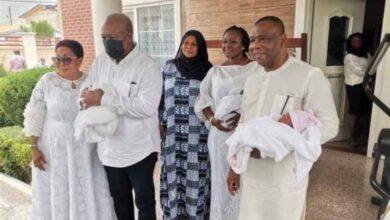The rich heritage of Ghana’s iconic fabric
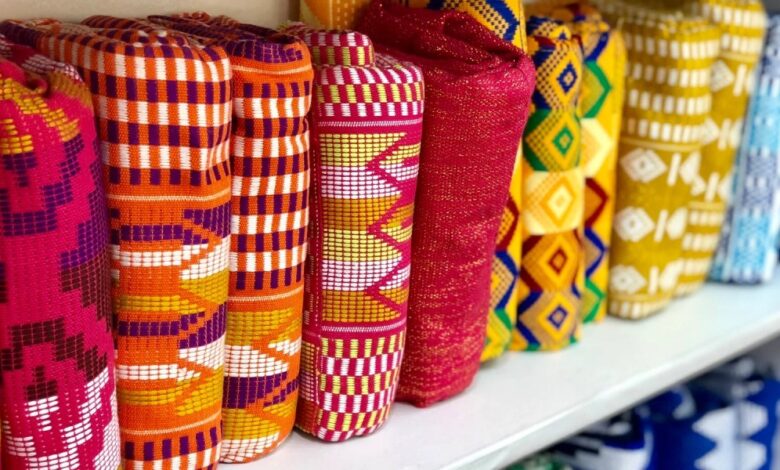
In African fashion, few textiles hold as much cultural and historical significance as Kente.
Originating from the Akan people of Ghana, this handwoven fabric has transcended its traditional roots, becoming a global fashion statement worn by royals, celebrities, and style enthusiasts alike.
More than just a fabric, Kente tells stories—each color, pattern, and design carrying deep symbolic meaning.
The heritage of Kente
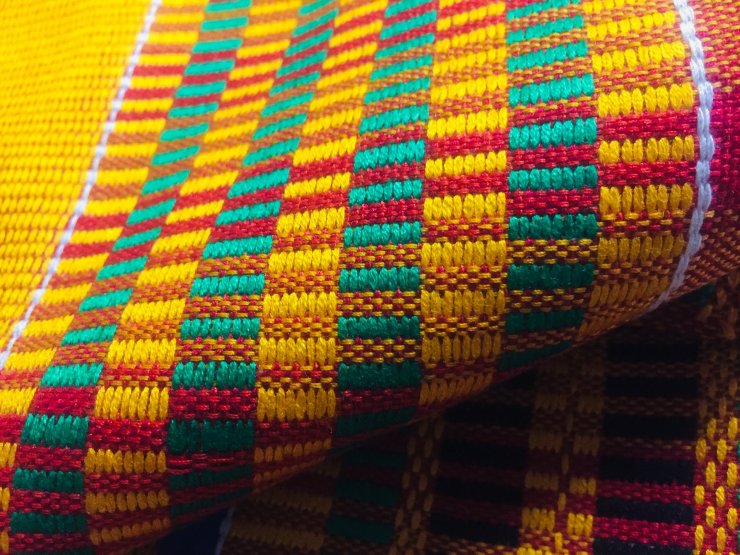
Kente traces its origins to the Ashanti Kingdom, where it was historically reserved for royalty and sacred ceremonies.
The intricate weaving technique, inspired by spider webs, was developed by skilled artisans who transformed silk and cotton threads into vibrant patterns that spoke of bravery, wisdom, and leadership.
Traditionally, Kente was worn during important occasions such as coronations, weddings, and festivals, symbolizing status and heritage.
A symbol of identity and pride
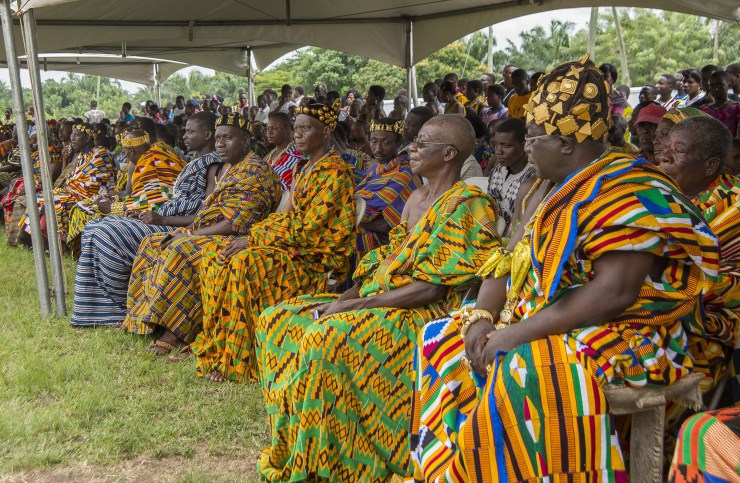
Over the years, Kente has evolved beyond the Ghanaian royal courts, becoming a powerful symbol of African identity. In the 1960s and ‘70s, as African nations gained independence, Kente became a political statement—worn by leaders and activists as a mark of cultural pride.
The fabric also made its way into the African diaspora, particularly in the U.S., where it was embraced during the Black empowerment movements.
Today, it is worn during graduations, milestone celebrations, and even on international runways.
Kente in contemporary fashion
From haute couture to everyday wear, Kente has found its place in modern fashion. Designers in Ghana and beyond are incorporating it into everything from suits and dresses to sneakers and accessories.
Global icons like Beyoncé, Lupita Nyong’o, and even former U.S. President Barack Obama have been seen wearing Kente-inspired designs, solidifying their status as timeless fashion statements.
The art of weaving Kente
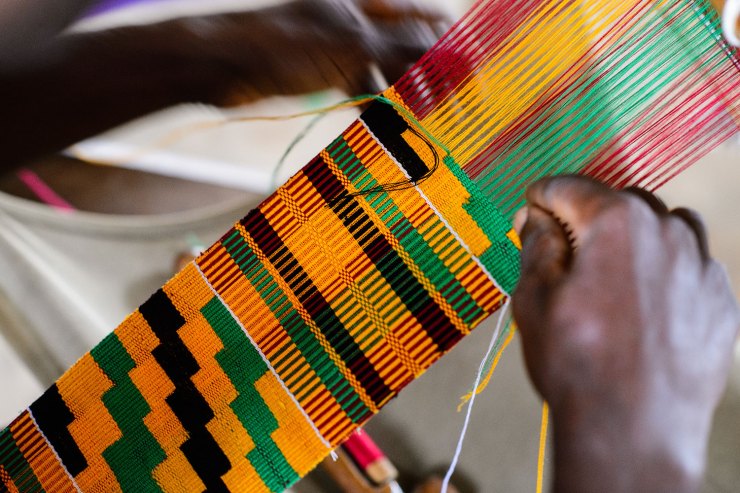
The process of making Kente is as captivating as the fabric itself. Woven on a traditional loom, each piece can take weeks to complete, with every pattern holding a distinct name and meaning. Some common motifs include:
- Eban (Fence)—Symbolizing security and safety
- Nkyinkyim (twisting): Representing dynamism and initiative
Eban (Heart and Love): Reflecting patience and goodwill Every piece of Kente tells a story, making it more than just fabric—it’s an art form that preserves culture while embracing modern trends.


